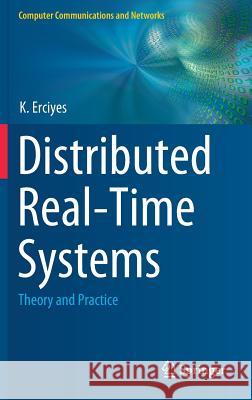Distributed Real-Time Systems: Theory and Practice » książka
topmenu
Distributed Real-Time Systems: Theory and Practice
ISBN-13: 9783030225698 / Angielski / Twarda / 2019 / 341 str.
Distributed Real-Time Systems: Theory and Practice
ISBN-13: 9783030225698 / Angielski / Twarda / 2019 / 341 str.
cena 299,76 zł
(netto: 285,49 VAT: 5%)
Najniższa cena z 30 dni: 281,10 zł
(netto: 285,49 VAT: 5%)
Najniższa cena z 30 dni: 281,10 zł
Termin realizacji zamówienia:
ok. 16-18 dni roboczych.
ok. 16-18 dni roboczych.
Darmowa dostawa!
Kategorie:
Kategorie BISAC:
Wydawca:
Springer
Seria wydawnicza:
Język:
Angielski
ISBN-13:
9783030225698
Rok wydania:
2019
Wydanie:
2019
Numer serii:
000210210
Ilość stron:
341
Waga:
0.68 kg
Wymiary:
23.39 x 15.6 x 2.06
Oprawa:
Twarda
Wolumenów:
01
Dodatkowe informacje:
Wydanie ilustrowane











